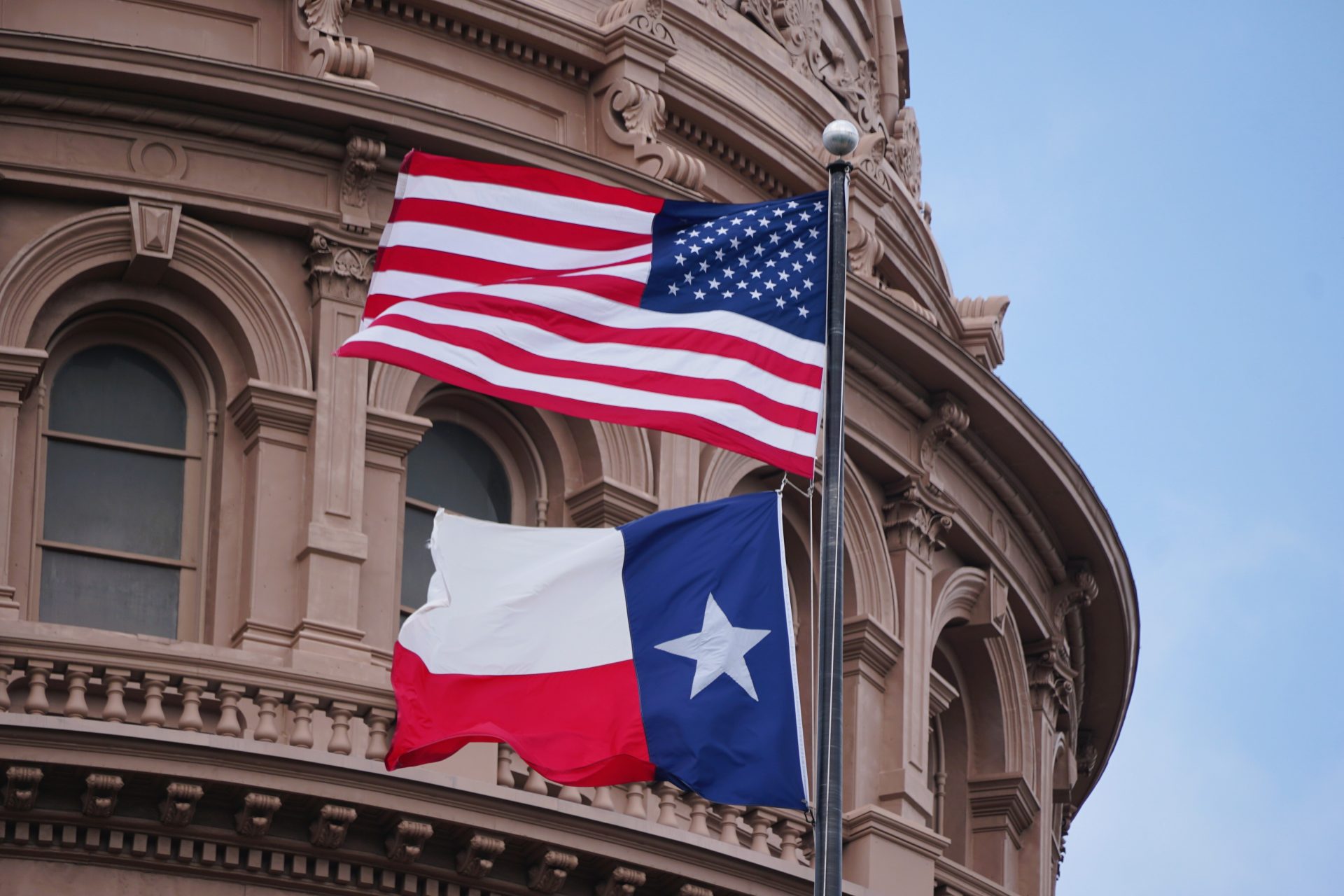
DEATHS in the DESERT – Texas Policy to Blame?
Texas’s aggressive border tactics under Gov. Abbott’s Operation Lone Star have driven migrants along remote desert routes west of El Paso—shifting crossings into more dangerous terrain and fueling a humanitarian crisis.
At a Glance
From January 2023 to August 2024, 299 migrant remains were found in the El Paso sector
El Paso became the deadliest sector on the U.S.–Mexico border in 2024
The sector includes 180 miles of New Mexico and 84 miles in West Texas
New Mexico recorded over 100 migrant deaths in just eight months of 2024
Enforcement policies push migrants into dangerous terrain with extreme heat and little water
From Low Mortality to Crisis
Historically, the El Paso sector was among the safest U.S.–Mexico crossing zones. But since it joined Texas’s Operation Lone Star in 2022, migrant deaths have surged. According to The Texas Tribune, fatalities jumped from 122 in a 20-month period to 299 in the next 20 months. Experts attribute this rise to migrants being diverted into the harsh terrain of southern New Mexico and West Texas.
In one striking example reported by The Guardian, over 100 bodies were recovered in Doña Ana County in the first eight months of 2024—compared to just 10 in all of 2020.
Remote Routes, Rising Peril
Operation Lone Star’s border barriers and patrols have made traditional crossing points nearly impassable. Migrants and smugglers have instead turned to remote, mountainous routes near Mt. Cristo Rey and the New Mexico border. These areas lack water and shelter and can reach deadly temperatures in summer.
University of New Mexico researchers have found that official border fatality numbers may be significantly undercounted, as many remains go undiscovered for months. The risks include dehydration, heatstroke, and snakebites—especially for those traveling on foot without proper gear or guidance.
Policy Implications and Humanitarian Toll
Critics argue that while Operation Lone Star may reduce crossings in Texas, it exports the humanitarian burden to neighboring states. New Mexico Rep. Sarah Silva warned, “We have people dying in New Mexico deserts because of Texas policies.” Emergency beacons and search-and-rescue efforts have expanded, but they remain limited in scope and coverage.
The death toll is no longer just a byproduct of border enforcement—it’s become a grim metric of policy failure. Unless federal and state governments coordinate on safer entry options and resource allocation, desert crossings will remain deadly for the thousands seeking refuge.